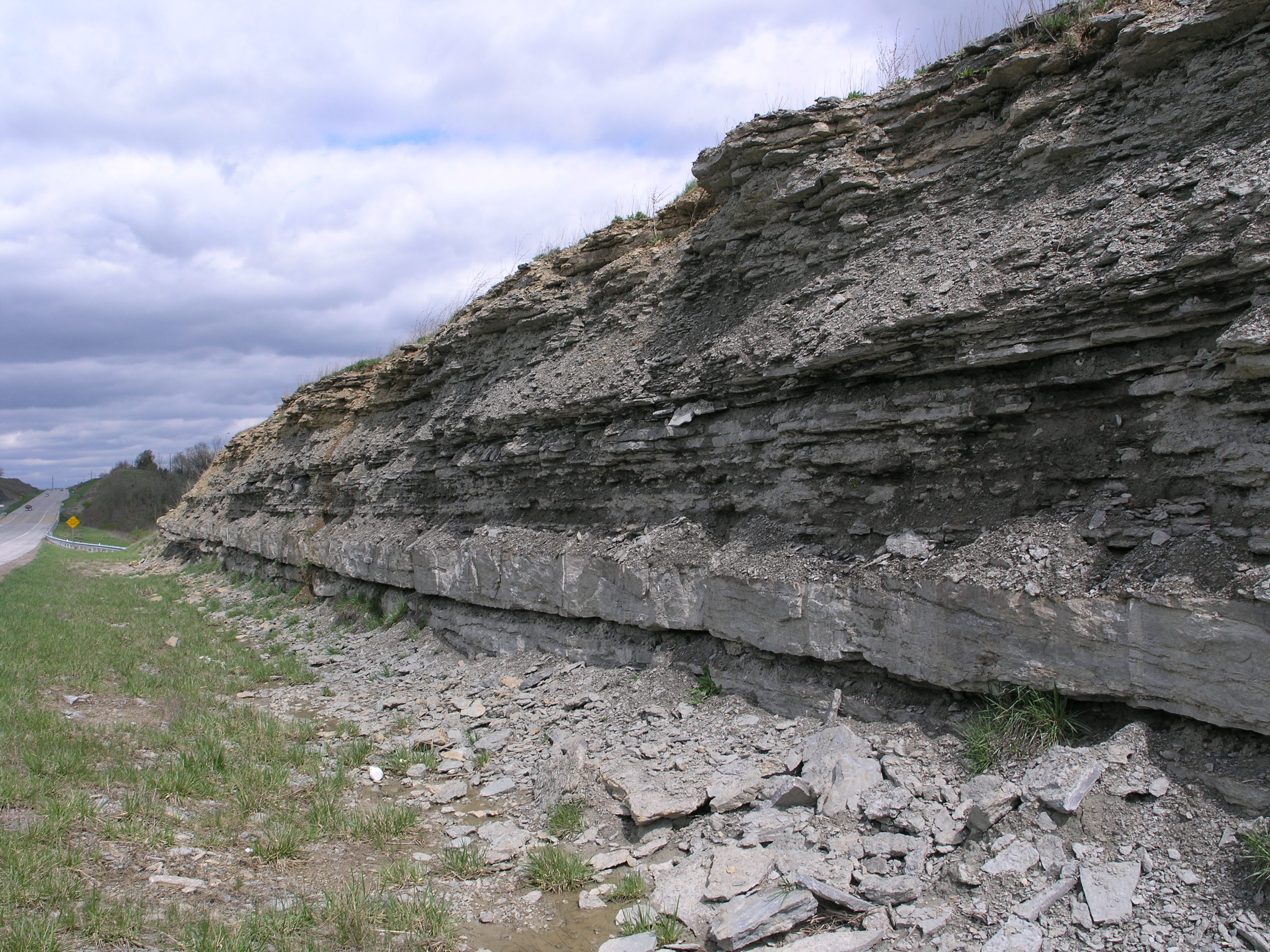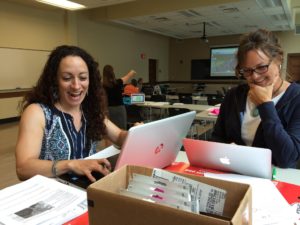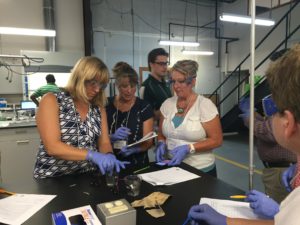Teaching (and learning from!) teachers
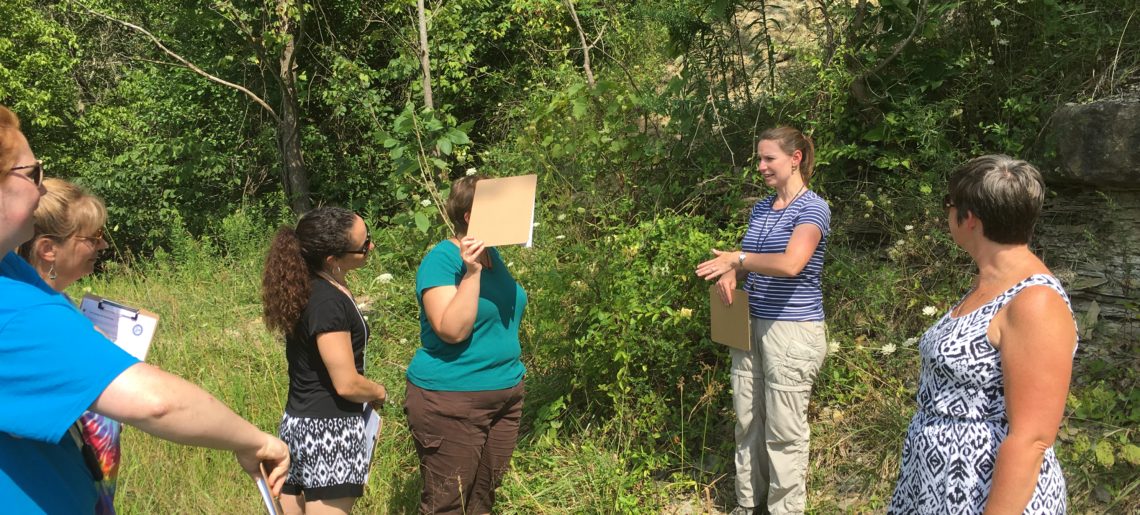
 The first two weeks of August, I was privileged to help colleagues from the OHIO Patton College of Education lead a workshop to provide training for teachers of science in grades 4-8 in southeastern Ohio. As all good programs do, we had an unwieldy title: Scaffolding Inquiry and Problem Solving through Literacy and Assessment, which we shortened to SIPLAS.
The first two weeks of August, I was privileged to help colleagues from the OHIO Patton College of Education lead a workshop to provide training for teachers of science in grades 4-8 in southeastern Ohio. As all good programs do, we had an unwieldy title: Scaffolding Inquiry and Problem Solving through Literacy and Assessment, which we shortened to SIPLAS.
I collaborated on a similar grant in 2013, and it is such a rewarding experience to work with these dedicated and talented educators. The teachers are really inspiring educators, and I learn so much from working with them that allows me to improve my own practice. The SIPLAS program was designed to introduce participants to pedagogical methods in engineering design, literacy, and assessment while providing updated training in scientific content.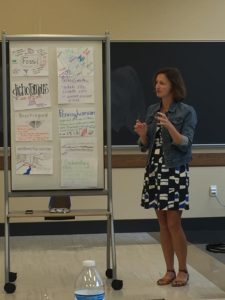
My role was to provide training in a series of geology topics. In my two days of leadership we covered: Fossils of Ohio (in the lab and in the field!), building dichotomous keys, earthquakes and plate tectonics, and development and extraction of ore deposits. The hallmark of the lessons is that they must employ authentic data. So we studied Ordovician fossils from near Cincinnati, Pennsylvanian fossils on nearby hills, the IRIS earthquake server, and USGS browsers of ore deposits.
My education faculty colleagues, particularly Danielle Dani and Sara Helfrich, worked hard to make sure my science ideas translated into standards aligned lessons with practical utility. For example, we practiced writing strategies (in which most participants wrote essays about why brachiopods preserve better than bivalves! Awesome!) The integration of authentic and place-based data really makes these lessons work. Some of our participants planned to start of the year with the new lesson plans and others had excellent ideas for how to incorporate the new pedagogical strategies to improve their students learning. Clearly a successful week!

